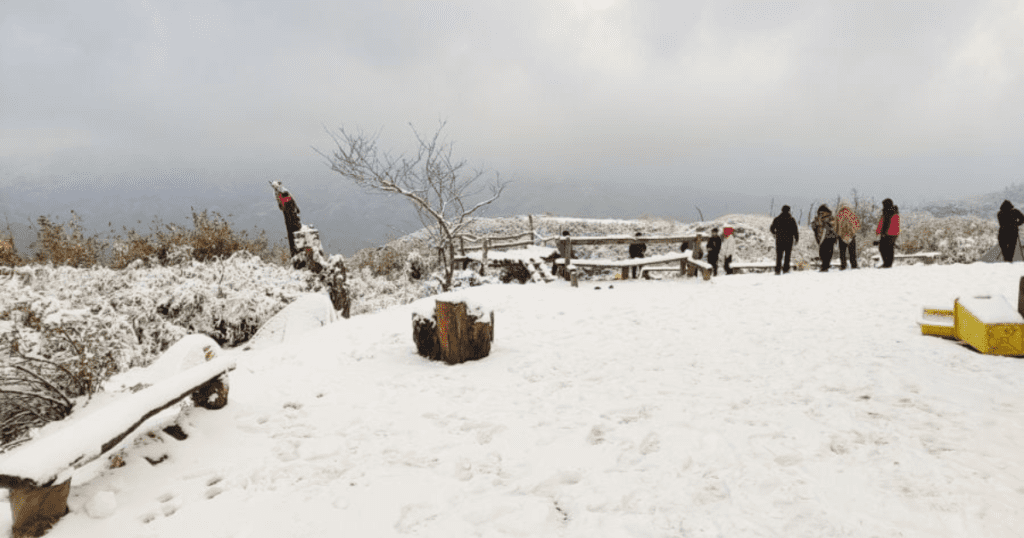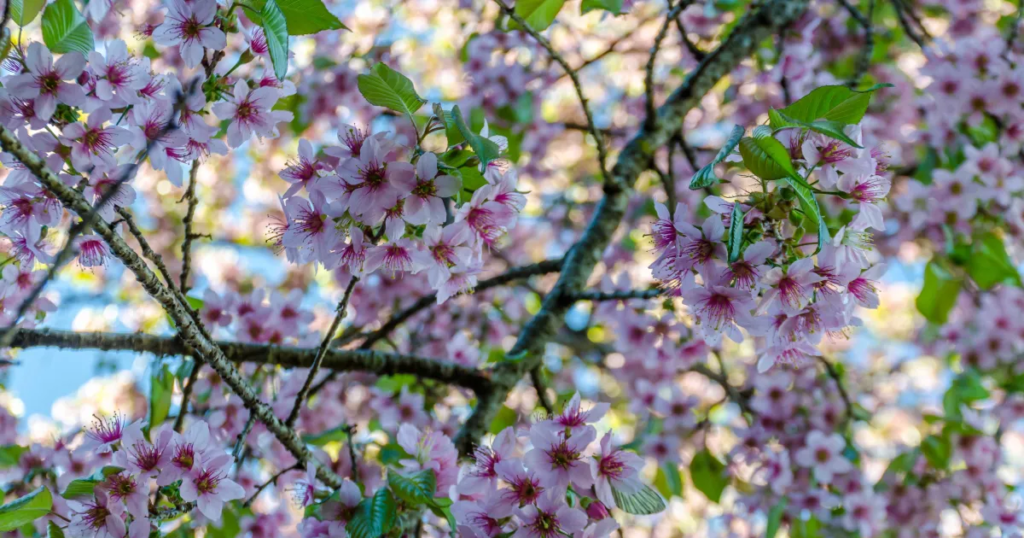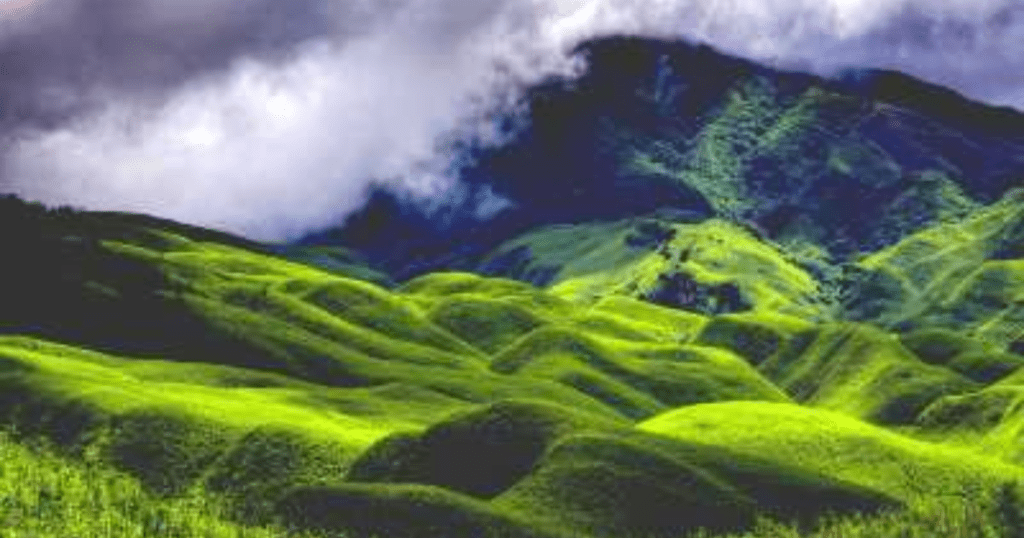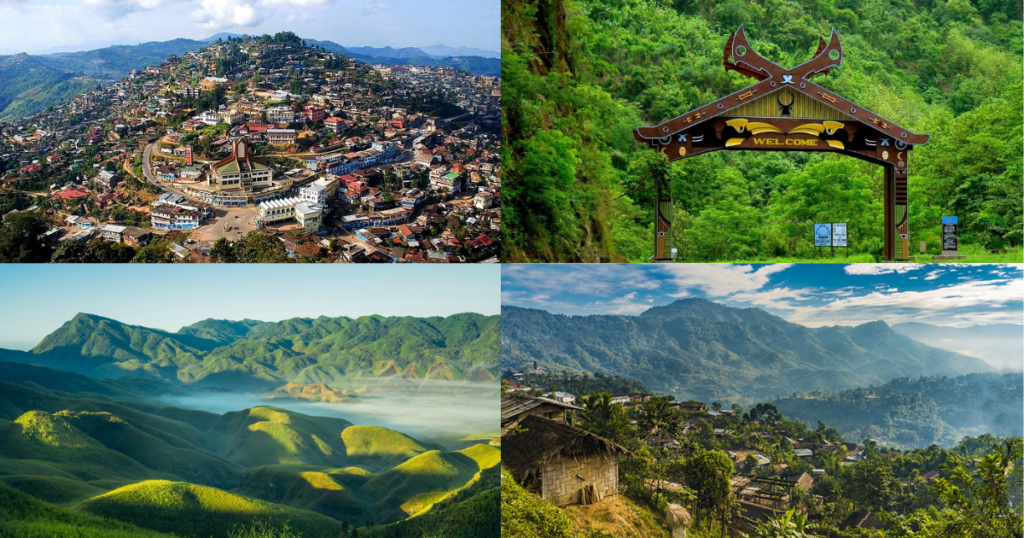Introduction:
Nagaland, known for its vibrant culture, scenic landscapes, and diverse tribal heritage, is a must-visit destination for nature lovers and cultural enthusiasts alike. Planning your trip at the right time can greatly enhance your experience. The best time to visit Nagaland is during the dry and cool months between October and May when the weather is pleasant, making it ideal for exploration and attending the renowned Hornbill Festival.
Why is October to May the Best Time to Visit Nagaland?
Choosing the best time to visit Nagaland ensures comfortable weather, clearer skies, and the opportunity to engage in various cultural and outdoor activities. Let’s delve deeper into the seasons and what they offer:
1. Winter Season (October to February)
Winter is widely considered the best time to visit Nagaland, offering the perfect blend of pleasant weather and cultural vibrancy. During this season, temperatures range from a chilly 4°C in higher altitudes to a comfortable 24°C in lower regions, making it ideal for outdoor exploration without the intense heat or humidity.
One of the highlights of this period is the internationally acclaimed Hornbill Festival, held every December in Kohima. This “Festival of Festivals” is a cultural extravaganza where various Naga tribes come together to showcase their rich traditions, music, dance, crafts, and cuisine. Visitors get a rare opportunity to witness the authentic Naga way of life and purchase exquisite handmade artifacts.
Nature enthusiasts will find this season perfect for trekking adventures in the scenic Dzukou Valley and Japfu Peak, where clear skies provide stunning views of lush landscapes. The mild weather also makes exploring quaint villages like Khonoma Green Village and bustling local markets in Mokokchung highly enjoyable.
Additionally, winter in Nagaland presents a tranquil atmosphere with less rainfall, ensuring safer travel conditions. Whether you are a culture enthusiast, trekker, or nature lover, visiting Nagaland in winter guarantees an unforgettable experience steeped in natural beauty and rich heritage.
- Weather: Cool and comfortable, with temperatures ranging from 4°C to 24°C.
- Activities: Perfect for trekking, exploring local markets, and enjoying the famous Hornbill Festival in December.
- Festivals: The Hornbill Festival, also known as the “Festival of Festivals,” showcases the rich cultural heritage of Nagaland.
2. Spring Season (March to May)
Spring is a delightful time to visit Nagaland, as the region bursts into life with vibrant colors and refreshing greenery. During this period, temperatures range from 16°C to 30°C, offering a comfortable climate for both outdoor exploration and cultural immersion. The pleasant weather makes it ideal for tourists seeking a peaceful yet exciting journey through Nagaland’s scenic landscapes.
Nature lovers will be captivated by the blooming flowers that paint the hillsides, especially in areas like Dzukou Valley, which transforms into a floral wonderland. Trekking enthusiasts can enjoy easier trails and picturesque views without the heat of summer or the rains of the monsoon season.
Spring is also a culturally rich period when villages celebrate important tribal festivals, such as the Moatsu Festival of the Ao tribe, held in May. These festivals allow visitors to witness traditional dances, music, and rituals, offering a deep insight into the Naga way of life.
Additionally, bird watchers will find this season rewarding, as many species are active and visible. With its breathtaking landscapes, clear skies, and rich cultural events, spring provides a perfect balance of adventure and relaxation, making it one of the best times to visit Nagaland.- Weather: Mild and pleasant, with temperatures averaging between 16°C and 30°C.
- Activities: Ideal for nature walks, bird watching, and visiting picturesque villages.
- Scenery: Lush landscapes and vibrant flora make this a photographer’s paradise.
3. Monsoon Season (June to September)
The monsoon season in Nagaland, stretching from June to September, transforms the state into a lush green paradise, with the hills and valleys thriving under the nourishment of heavy rainfall. However, while the natural beauty during this period is unmatched, the monsoon season is generally not considered the best time to visit Nagaland due to practical challenges.
Rainfall during this season can be quite intense, often leading to travel disruptions such as slippery roads, landslides, and delayed transportation services. The continuous downpour can make trekking and outdoor sightseeing difficult, limiting access to remote villages and scenic locations. Despite these challenges, monsoon lovers and solitude seekers may find this period appealing due to fewer crowds and tranquil surroundings.
Photographers will appreciate the misty landscapes and vibrant greenery that make for stunning visuals. The monsoon season also offers a peaceful retreat for those seeking to disconnect and experience Nagaland’s serene natural environment in solitude.
If you plan to visit Nagaland during the monsoons, it’s essential to be well-prepared. Pack waterproof clothing, sturdy shoes, and essential supplies for unpredictable weather. Despite its challenges, the monsoon season offers a unique experience for those who enjoy nature’s dramatic beauty and quiet reflection.- Weather: Heavy rainfall, making travel challenging.
- Activities: Limited due to frequent rains and possible landslides.
- Landscape: The hills turn verdant, creating a serene yet damp environment.
Key Festivals and Events
To experience Nagaland’s rich culture, plan your visit around these key events:
- Hornbill Festival:
- Sekrenyi Festival:
- Moatsu Festival:
Detailed Exploration of Nagaland’s Top Attractions
Kohima
Dzükou Valley
- Best Time to Visit: November to May
- Highlights: Rolling meadows, rare flora, and challenging treks
Mokokchung
Mokokchung, a charming town in Nagaland, is known for its rich cultural heritage and natural beauty. The town offers scenic landscapes, traditional Ao Naga villages, and vibrant festivals like Moatsu. Visitors can explore picturesque valleys, historical sites, and experience the warm hospitality of the indigenous people.
Khonoma Green Village
Mon
Mon, a serene town in Nagaland, is famous for its pristine landscapes and the vibrant culture of the Konyak tribe. Visitors can explore traditional wooden houses, unique tattooed Konyak elders, and scenic villages. The area is known for its rich history, including the famous village of Longwa, and adventurous trekking.
Phek District
Phek District, located in Nagaland, is renowned for its scenic beauty and cultural richness. It offers lush landscapes, picturesque hills, and serene lakes like Shilloi Lake. Visitors can explore traditional villages, trek through forests, and experience the vibrant culture of the Chakhesang and Pochury tribes. A peaceful getaway.
Travel Tips for Visiting Nagaland
- Permits: Indian citizens need an Inner Line Permit (ILP), while foreign nationals require a Restricted Area Permit (RAP). Apply well in advance.
- Clothing: Carry layered clothing during winter and light cotton outfits in spring. Rain gear is essential if traveling during monsoons.
- Footwear: Sturdy, comfortable shoes are essential for trekking and exploring rugged terrains.
- Local Etiquette: Respect local customs and traditions. Always seek permission before photographing locals.
- Connectivity: Internet connectivity may be limited in remote areas, so plan accordingly.
- Language: English is widely understood, but learning a few local phrases can be helpful.
Accommodation Options
- Luxury Hotels: Located primarily in Kohima and Dimapur, they offer modern amenities.
- Homestays: Ideal for an immersive experience, these allow you to stay with local families.
- Eco-Resorts: Surrounded by nature, perfect for those seeking tranquility.
FAQs About the Best Time to Visit Nagaland
1. What is the best month to visit Nagaland?
The best months are from October to May, with December being particularly popular for the Hornbill Festival.
2. Is it safe to travel to Nagaland?
Yes, Nagaland is safe for tourists. Respect local customs and follow travel advisories.
3. What should I pack for a trip to Nagaland?
Warm clothing for winter, light clothing for spring, trekking gear, and rain protection during the monsoon.
4. Are there good trekking options?
Yes, Dzukou Valley and Japfu Peak are popular trekking destinations.
5. Can I attend tribal festivals?
Absolutely! Many festivals welcome tourists to participate and experience the culture.
6. How can I get permits for Nagaland?
Permits can be obtained online or from Nagaland House offices in major cities.
7. What is the best way to travel within Nagaland?
Hire private taxis or use local transport services for convenience.
8. Is photography allowed during festivals?
Yes, but always ask for permission before taking pictures of locals.
9. What is the food like in Nagaland?
Nagaland cuisine is spicy and includes dishes like smoked pork, bamboo shoot curry, and rice beer.
10. Can I visit during the monsoon?
Yes, though travel can be challenging due to rains.
Conclusion
Choosing the best time to visit Nagaland between October and May ensures a memorable journey filled with cultural exploration, scenic beauty, and vibrant festivals. From the Hornbill Festival to tranquil nature walks, every moment in Nagaland is a celebration of its unique heritage.